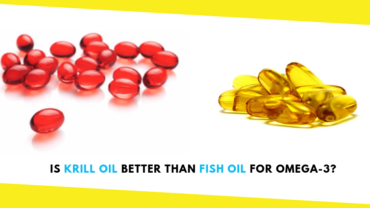Harmful Effects of Not Using Food Grade Lubrication
This post was last updated on January 14th, 2025

Lubrication is the heart and soul of efficient production and in reducing downtime — it is used in every industry, including food and beverage. However, have you ever considered how important food-grade lubrication is for the food industry? There are still some food and beverage manufacturers that worryingly haven’t made the important change from traditional oils and greases to food-grade lubricants.
For manufacturers that deal with not only food and drink but also medication, the safety of customers is of paramount importance. High standards of sanitation and hygiene must be followed across the whole process of production from start to finish. The use of lubricants is essential for machinery in the manufacturing process to help minimise friction and general wear and tear — grinders, motors, ovens, mixers, conveyors, labelling and packaging machines. But with it come challenges.
Food for Thought
Here, we’ll take a look at the importance of using food-grade grease and what it is you’re otherwise putting in your bodies.
Cross-contamination with Harmful Substances
What was once an often-overlooked contaminant in Hazard Analysis Critical Control Point’s (HACCP) equipment risk assessment, the focus around lubrication has risen. Arguably due to people’s growing awareness around a healthy diet and becoming more aware of what we’re putting into our bodies, the need for controlling cross-contamination in the food industry is being pushed. Although complex machinery involved in today’s manufacturing side is designed for lubrication to have zero to little contact with food products, this cannot be guaranteed in every day’s operations.
In 2002, it was reported that 86,000 pounds of sliced turkey accidentally came into contact with a non-food grade lubricant, causing customers to complain of intestinal discomfort from contaminated turkey. Another company was investigated after receiving complaints of a jar of baby food smelling of tar, revealing toxic mineral oil had contaminated the food. Not only putting customers at risk, this could seriously damage a manufacturer’s reputation, consumer trust, and profits.
Controlling for Allergens
One of the biggest challenges food manufacturers are faced with is controlling for potential allergens. Fortunately, food grade lubrications ensure careful ingredient traceability and control under ISO 21469, therefore meaning that suppliers can confirm the absence or presence of common allergenic ingredients as well as being produced in hygienic conditions. Not using food grade lubrication cannot guarantee what potential substances food may or may not have come in contact with, putting customers’ health and safety at risk.
Allergic reactions have been reported due to products containing triphenyl phosphate, as well as numerous health effects in laboratory animals. Shockingly, triphenyl phosphate is a chemical that is also used as a plasticiser as well as a fire retardant — how does the consumption of this sound opposed to something derived from vegetable oils?
Fighting Harmful Microbes
There are plenty of microbes out there that can cause people to be infected with viruses, flu, bacteria — fortunately many food grade lubricants available today include special additives that prevent the growth of microbes. This is particularly important in machinery exposed to moisture and steam and is difficult to keep clean at all times.
The increased concerns over health and safety have certainly highlighted the need for food-grade lubrication. There are lots of considerations to think about when making sure your business is using the right lubrication so assess your manufacturing process to classify which will be best for you — follow this guide to understand the differences between lubricants.
Sources
Recommended For You
Is Krill Oil Better Than Fish Oil For Omega-3?
Most Inside
Most Inside offers high-quality recommendations and valuable updates to enhance all aspects of your life, providing premium guidance and enriching experiences.




